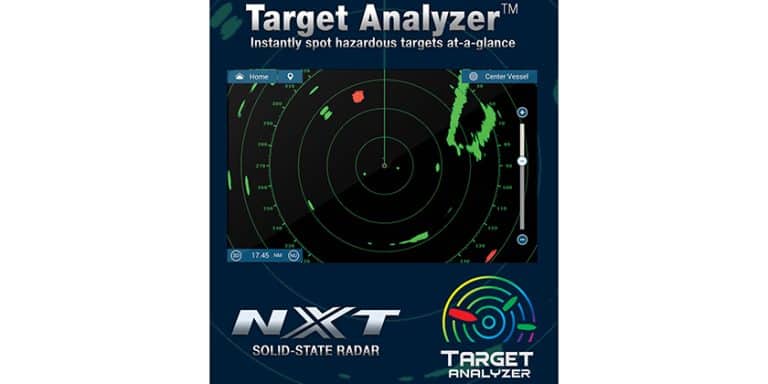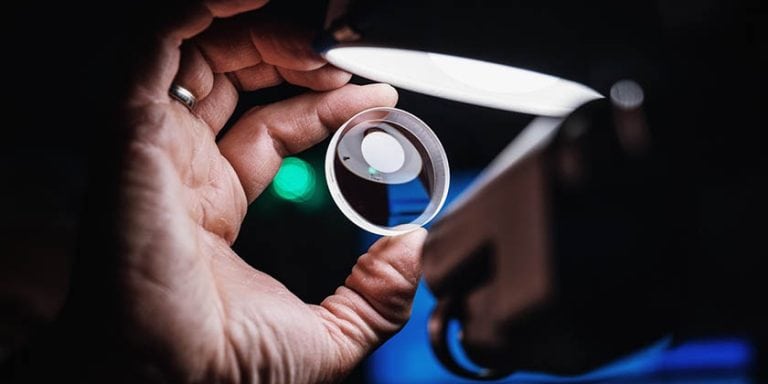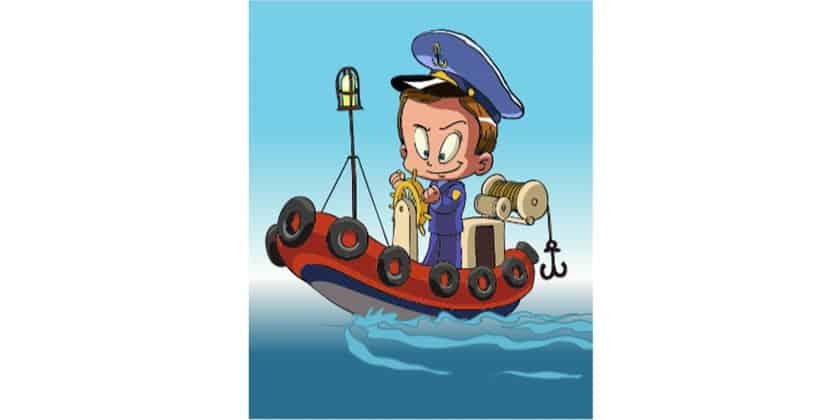The Next Step – Your Sounder
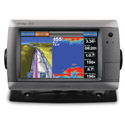
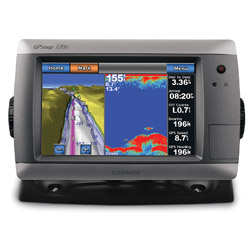 In the last two issues of Canadian Yachting , we began building a new “Glass Helm” for a hypothetical used boat, to upgrade the original electronics to “latest and greatest” standards.
In the last two issues of Canadian Yachting , we began building a new “Glass Helm” for a hypothetical used boat, to upgrade the original electronics to “latest and greatest” standards.
In the April issue, we covered the concept and details of replacing the old wiring with a new NMEA 2000 “backbone”; in the June issue, we talked about display screens. In this issue, we will look at depth sounders. Your requirements for a sounder may well drive the decision of what display to buy.
Conversely, the display you choose may dictate the depth sounders that you can connect. This is because many sounder transponders use an Ethernet connection to deliver a video signal – not just digital depth numbers.
We interviewed Ken Harrison at Summerhill CA and also Roy Shipley at CMC Electronics. They both stressed that most sounders and all the broadband systems require Ethernet connections.
You might say that the plug and play aspects of NMEA 2000 are overridden by the amount of data required to display broadband sounder information and there is no industry standard in place. These Ethernet networks are built around the architecture of each manufacturer and cannot be interchanged between say, Furuno and Garmin. The NMEA 2000 network is designed for data only and not high bandwidth applications related to using a digital sounder system.
In other words, the brand of display you choose may determine the brand of sounder you will need. The exception is if you only want to display a depth number; “55 feet” etc. Units from Yamaha, Faria, Mercury and others that display only a digital number do not need an Ethernet connection, but anything with a graphic or video display does.
Driving your decision should be the capabilities that you may want in your sounder. That could be just a simple depth number for safe driving, or to know where you can drop anchor, but fishermen want to see both underwater structures like fallen logs, drop-offs and rocks as well as a graphic representations of the fish below.
Then there is the question of water depth which in turn, drives power requirements and signal frequency. In water up to 300′ deep, a lower power 200 kHz system produces sharp images in shallow water, but in deeper water, a 50 kHz frequency is more accurate and less likely to bounce and give false readings. There are other transducer frequencies: 29,38,88 and 107 kHz but these are generally used for commercial applications.
Frequency is much like looking at a flashlight; the higher the frequency the narrower the beam and the reverse is true for lower frequencies. Narrower beam angles provide more power on target to give you better results while wider angles show a broader picture. Incidentally, most of the systems have built-in interference rejection so that you don’t pick up someone else’s sounder when in close proximity to other boats.
The more expensive units are pretty much all dual frequency and many can display split screens for covering both a shelf and deep water at the same time. Often, this is where the fish are.
The next issue is power. Different types of sounders are based on transducer types, their location and the depth to read. Power levels start at 500-watt or 600-watt units while higher power levels are 1 kW and 3 kW units. You may hear them described as “black box” fish finders. The black box transducer sends information on an Ethernet line to the display.
Our experts suggest that you choose a display that offers a split screen to indicate LF and HF (low frequency and high frequency) and one that can detail good bottom information and that takes power to allow you set the system up for Fishing mode or Cruising mode.
How much power? Power gives definition because you get a good echo return for a clear reading. Then, filtering makes it easier to see the bait fish and other species that come up as fine detail. Some units enable you to increase the gain to get a better return. A hard bottom gives a better return than a soft bottom, but that also can create an echo. Adjusting the gain can clear that up. These newer digital FF processors can do this automatically to give great performance and bottom imaging.
Another performance aspect is digital suppression. Some units allow you to digitally suppress the “main bang” The main bang (echo just below the transducer) is suppressed to less than 40 cm so that the fish echoes below the transducer can easily be observed. Another feature to consider is the “alarming” function that alerts you to temperature and shallow depth.
Whatever your choices, you will need a transducer. You can choose models made from plastic, stainless steel or bronze; some have a tilted element to better accommodate a vee hull. While most of the good units require a through-hull installation there are also in-hull and transom-mount transducers available. Make sure you choose the correct type of transducer to suit the hull construction; fiberglass, wood or steel. All manufacturers will give you guidelines on the best choice for your application. However, never install an in-hull transducer in a fiberglass boat that has a foam or balsa core construction.
Placement of your transducer is also critical. You want to make sure the there is “clean” water flowing over the surface to the transducer. Make sure you do not install the transducers near intake strainers, underwater gear such as shafts and propellers or hull steps. These can all effect performance of the fishfinder while underway. The flow of water must be smooth across the surface area with no turbulence or air bubbles passing over the face of the transducer.
One of the more unique transducer set-ups on the market is the Furuno SC30 satellite compass that can be integrated into the NavNet 3-D system using the DFF1 (Digital Fishfinder) and Digital Filtering.
This can compensate for the boat heaving in the waves which can deliver a false, or inaccurate reading of the bottom. In the SC30, the GPS satellite compass can factor in the “up and down” movement of the vessel to still provide an accurate reading of the bottom.
The most significant fork in the road is the picture of the bottom that you want. The higher-end systems are all colour displays. The advantage to a colour fishfinder is that it can tell you a lot more about the bottom composition, trends in depth and where you see the bottom detail that you can relate to your charts as a verification of your position.
Invest some time in really considering your needs and your options and then you can better choose the glass helm sounder and display for your boat.

